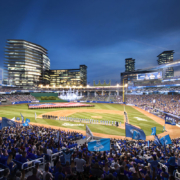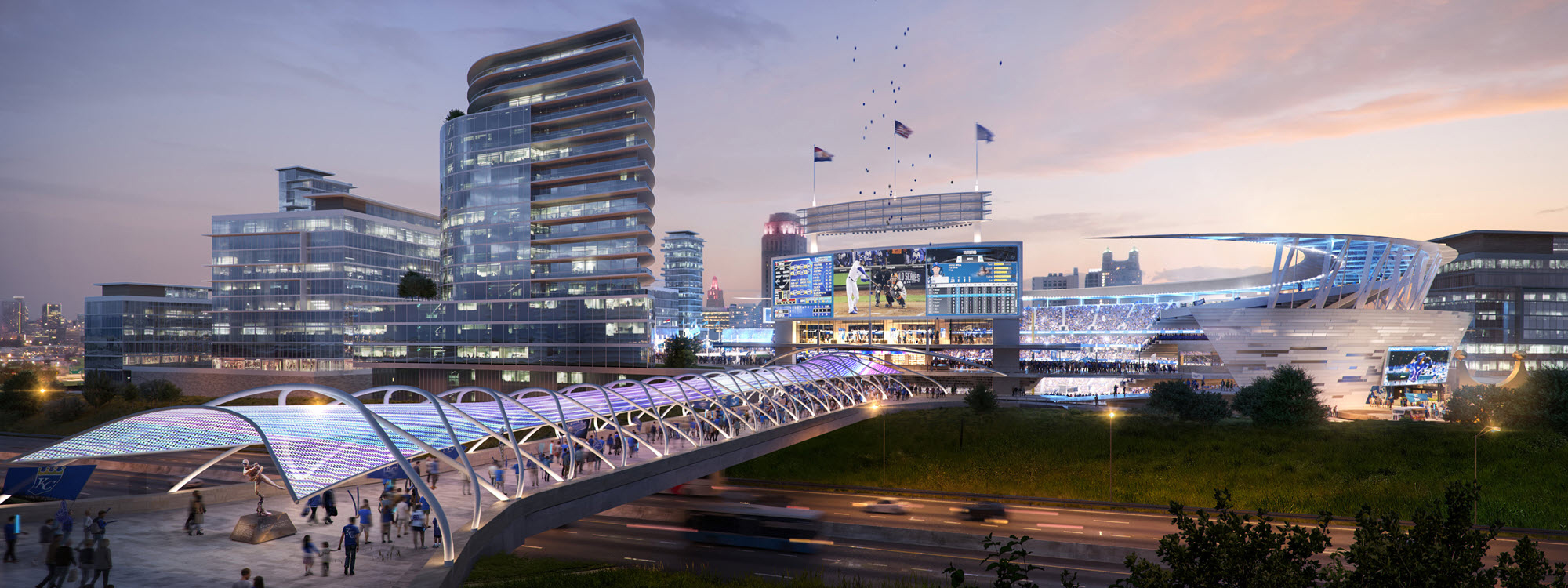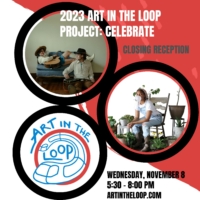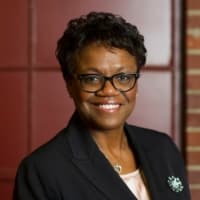Royals ballpark would build off $10B investments in KC’s urban core
Bill Dietrich, Downtown Council President & CEO, was interviewed by Thomas Friestad, Kansas City Business Journal staff writer, on Oct. 11 to make the case for building a new Kansas City Royals ballpark in the East Village of Downtown Kansas City. That meeting led to the following story, Downtown Council CEO: Royals ballpark would build off $10B investments in KC’s urban core – published on Oct. 17.
Royals ballpark would build off $10B investments in KC’s urban core
By Thomas Friestad – Staff Writer, Kansas City Business Journal, Oct. 17, 2023
A $1 billion-plus Kansas City Royals baseball stadium would look far different in coming years than when the Downtown Council of Kansas City started championing the project almost two decades ago.
For one, many of the Downtown Loop’s biggest projects, such as the Kansas City Power & Light District and then-Sprint Center, had yet to break ground. The numbers of people living and working in the urban core were fractions of what they are today, and key transit offerings such as the streetcar were not up and running. And, at the time, venues like a Royals ballpark were contemplated as standalone projects, without accompanying mixed-use villages of new housing, offices, hotels and retail, and with less emphasis on community benefits agreements meant to ensure neighbors, as well as the team, prosper.
The Royals now are negotiating terms for a $2 billion-plus ballpark project with officials in Jackson and Clay counties. Bill Dietrich, CEO of the nonprofit Downtown Council, recently spoke with the Kansas City Business Journal about what his group sees as the benefits of downtown baseball and its present efforts to educate stakeholders involved, ahead of a team announcement of Kansas City’s East Village or a North Kansas City alternative as its preferred stadium site. His answers are edited for length and clarity.
What do you see as the biggest differences between the efforts to bring the Royals to Downtown in 2004 and 2005, under David Glass’ ownership, versus today, under John Sherman?
The new ownership group of the Royals today, I think, is much more committed to making sure their decision has the most positive community benefit it could have, and I applaud them for that. That’s a neat lens to be focusing this project through: How can we make a decision that benefits the most people in our community as well as positions the Royals to be as successful as possible? That was not the case in 2005. You didn’t know what the goals of the ownership group were and what mattered to them, and it was a very nontransparent process. This time, it has a very different character to it.
Back in 2004, when we were looking at locating the stadium in Downtown, the economics were different. Back then, it was a stadium, and today, it’s a ballpark district. Those districts just weren’t part of the economics of baseball back then, so that’s changed. The other thing that’s obviously changed is about $10 billion of investment over the last two decades in Downtown. It’s a very different-looking Downtown today than it was 15 to 18 years ago, and I think that’s important to the Royals because … there’s so many more partners to work with today.
You really had to have some vision to see a ballpark being successful in this environment back in that timeframe. It was a tired 9-to-4 downtown with nothing to do in it. Today, imagine living down by the Plaza, getting on the free streetcar, stopping in Midtown for dinner at one of the emerging restaurants or clubs, then getting off the streetcar at the Power & Light District and walking through pubs, restaurants, and interactive entertainment to a ballgame. I think it’d be one of the best experiences in the nation for a ballpark, and that opportunity just didn’t exist back in ’03 and ’04.
In what ways do you see a Royals stadium in the East Village building off the momentum from existing downtown investments? Conversely, what, if any potential do you see for a new ballpark district to compete with nearby businesses?
We firmly believe that these (district) concepts work nationally, so we’re not creating the wheel here. Unique assets have synergy between them. For instance, you’ve got the Current stadium going up; you’ve got the streetcar; you’ve got Hy-Vee Arena; the soon-to-be Rock Island Bridge; the really cool Pennway (Point) project that’s going forward; 18th & Vine; the Power & Light District; the Loews hotel; and Crossroads Arts District. You’ve got all of these unique destinations that have synergy, and they’re clearly additive. If the ballpark district were to bring 3 million more customers a year into and through Downtown, that helps all that vibrant retail, art and culture be successful because you will patronize them on your way to a ballgame.
Conversely, that resident base (32,276 people) and employee base (122,442 people) keep all the new assets of the ballpark vibrant the rest of the year, when there aren’t ballgames going on. From our perspective, clearly, that (Royals) investment would continue to add to the density of our downtown, and density equals resiliency because you have mutual players who can support each other.
Transit accessibility makes (a downtown stadium) more affordable for many of our citizens who right now have to put a family in the car, drive out to the sports complex, and pay for parking. It becomes cost-prohibitive. If they build a pedestrian bridge (across the interstate), with six blocks of streetscaping from there to Paseo, we could physically connect the ballpark to all the residents from Pendleton Heights down through 18th & Vine (with the proposed Greenline KC recreational trail). It can help heal old, old wounds by creating that kind of connectivity to that kind of amenity.
The renaissance in Downtown has been nothing but impressive, but it hasn’t been shared by all. Our East Side and Westside neighbors have not benefited as much as the core neighborhoods. This is the opportunity to really expand that pie.
Click here in order to read the complete story.
—
